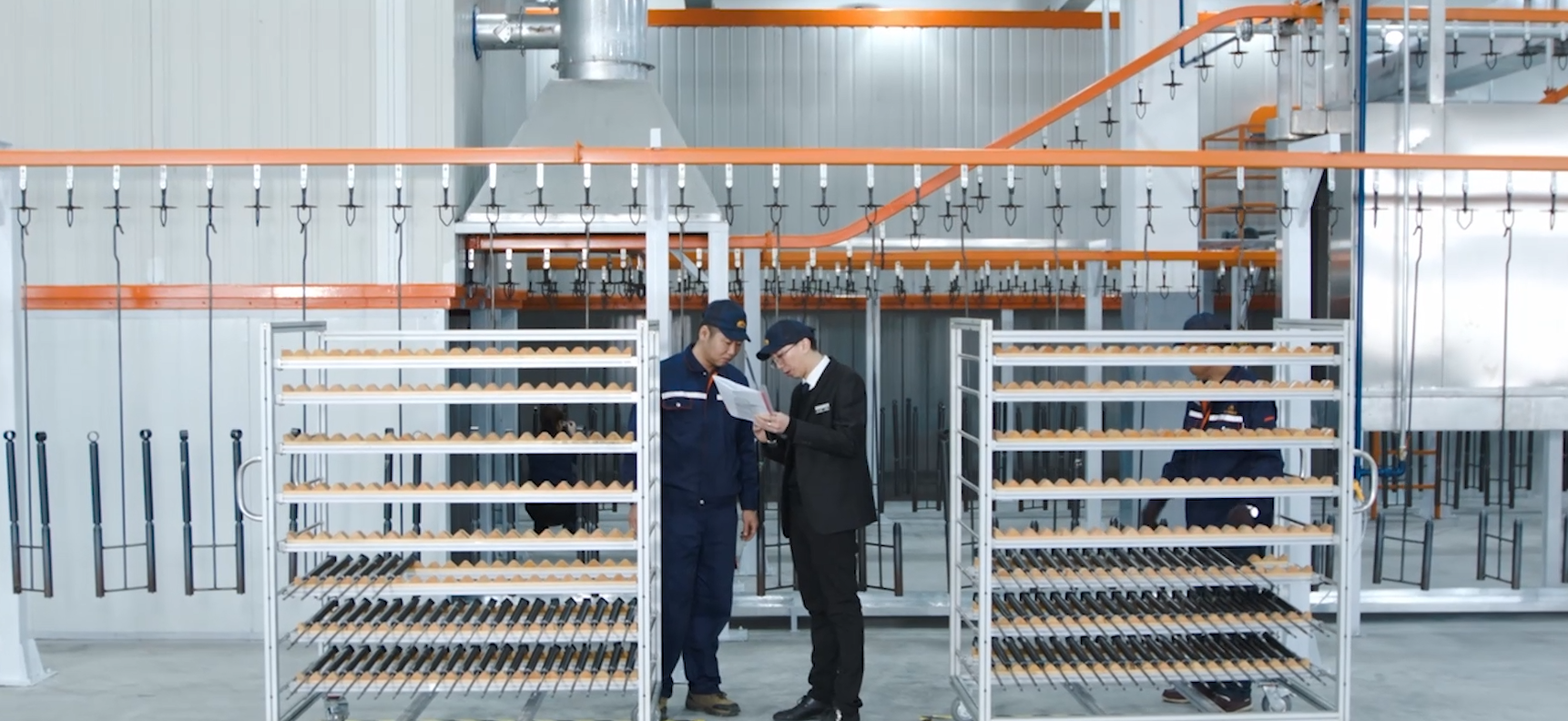In the competitive arena of auto parts manufacturing, the adoption of lean production processes has become a necessity for firms that want to improve operations and cut down on waste. The lean production approach mainly deals with giving the customer the utmost value while giving out the least of resources. This principle impacts the automotive supply chain greatly. This article reviews various auto parts manufacturing lean production techniques and their advantages, focusing on the implementation processes.
The Basics of Lean Production
Originally, Toyota developed lean production, which stresses the elimination of all forms of waste, time, materials, and labor. This technique of auto parts manufacturing can lead to substantial reductions of costs and improvements of the product quality. Companies can obtain these results by implementing lean techniques like just-in-time (JIT) production, value stream mapping, and continuous improvement (Kaizen).
Key Lean Production Methods
Just-In-Time (JIT) Production: This strategy deals with the delivery of parts and materials to the assembly line in an exact timing technique. This strategy minimizes waste and lowers inventory costs. JIT can be beneficial to auto parts manufacturers in enhancing operational efficiency and improving the management of cash flow.
2. Value Stream Mapping: This focuses on how materials move and what information flows through the order of operations. Auto parts manufacturers are able to increase their processes, decrease lead times, and increase productivity by pinpointing bottlenecks and problem areas.
3. Continuous Improvement (Kaizen): A philosophy to improve processes in increments a little at a time. This culture of Kaizen allows auto parts manufacturers to better their employees’ engagement at all levels which adds to the overall improvement of the company, enhancement of products, and rise in customer satisfaction.
4. 5S Methodology: Sort or categorize, order or organize, shine or clean, standardize, and sustain. For the manufacturers of auto parts, enforcing the implementation of 5S means a well-organized shop floor, less time lost in the search of tools and materials, and greater productivity.
5. Total Productive Maintenance (TPM): This productivity of equipment is based on maintenance of the equipment by all employees. Auto parts manufacturers are able to maintain a smoother production flow and better output by lessening equipment downtime.
Benefits of Lean Production in Auto Parts Manufacturing
Adopting lean practices in production offers clear advantages, especially in the reduction of operational costs. Minimizing waste and optimizing resource allocation leads to lower costs, while quality enhancement due to early defect identification improves product quality. Continuous improvements in production due to lean practices increases overall employee morale, making workers feel engaged and appreciated as valued contributors.
Challenges In Implementing Lean Production
Alongside the many advantages lean practices offer, some challenges arise in the transition to lean methods of production. For the majority of workers in a manufacturing facility, a move towards lean practices signals a significant change to routine. Embracing these changes requires a strong commitment from all management levels, along with restructuring the lean production training programs which require constant enhancement for the workers. Alongside these changes, auto parts manufacturers will greatly benefit from aligning their supply chain partners with lean practices to unlock the maximum lean production potential across the entire production chain.
Future Outlook and Industry Trends
The automotive industry is transforming, and so is the importance of lean production. Electric vehicles and new manufacturing technologies are changing the landscape, and auto parts manufacturers need to adapt. The incorporation of lean manufacturing techniques and Industry 4.0 technologies, including automation and big data, will shape the future of auto parts manufacturing. Companies that adapt to these shifts will improve their productivity and establish themselves as industry champions in a dynamic market.

